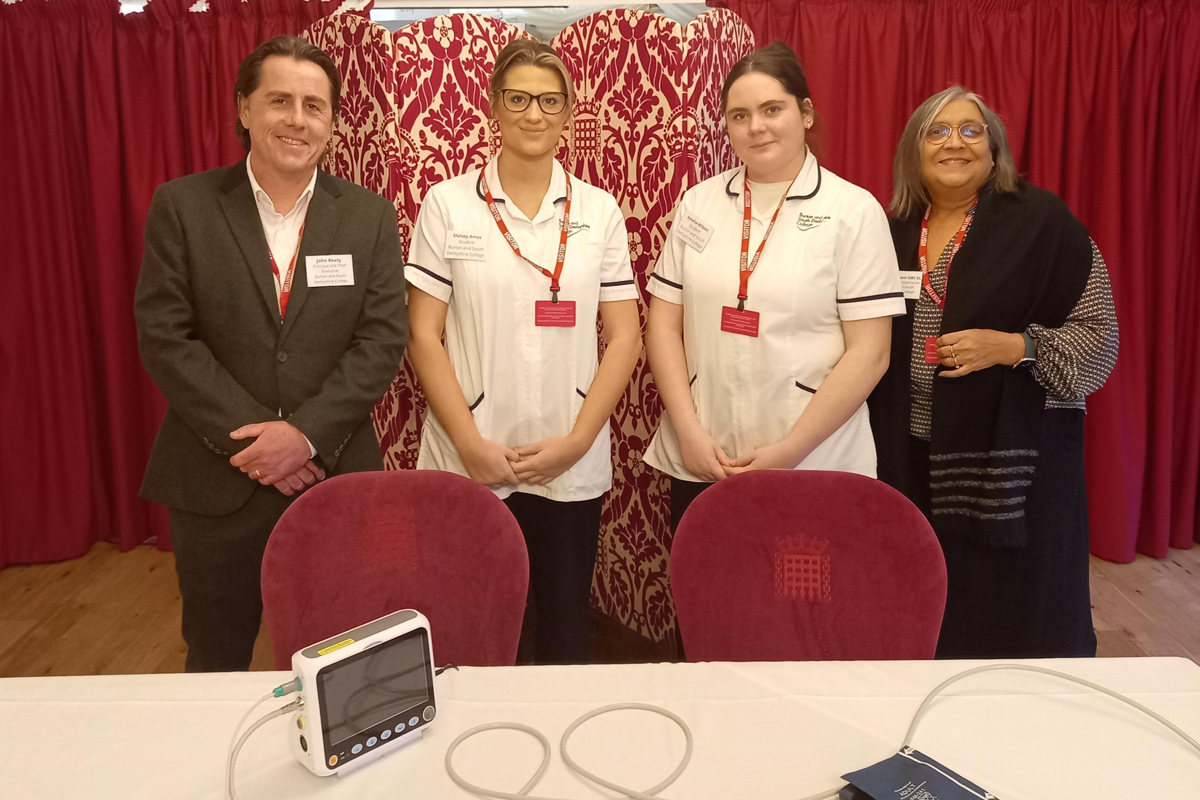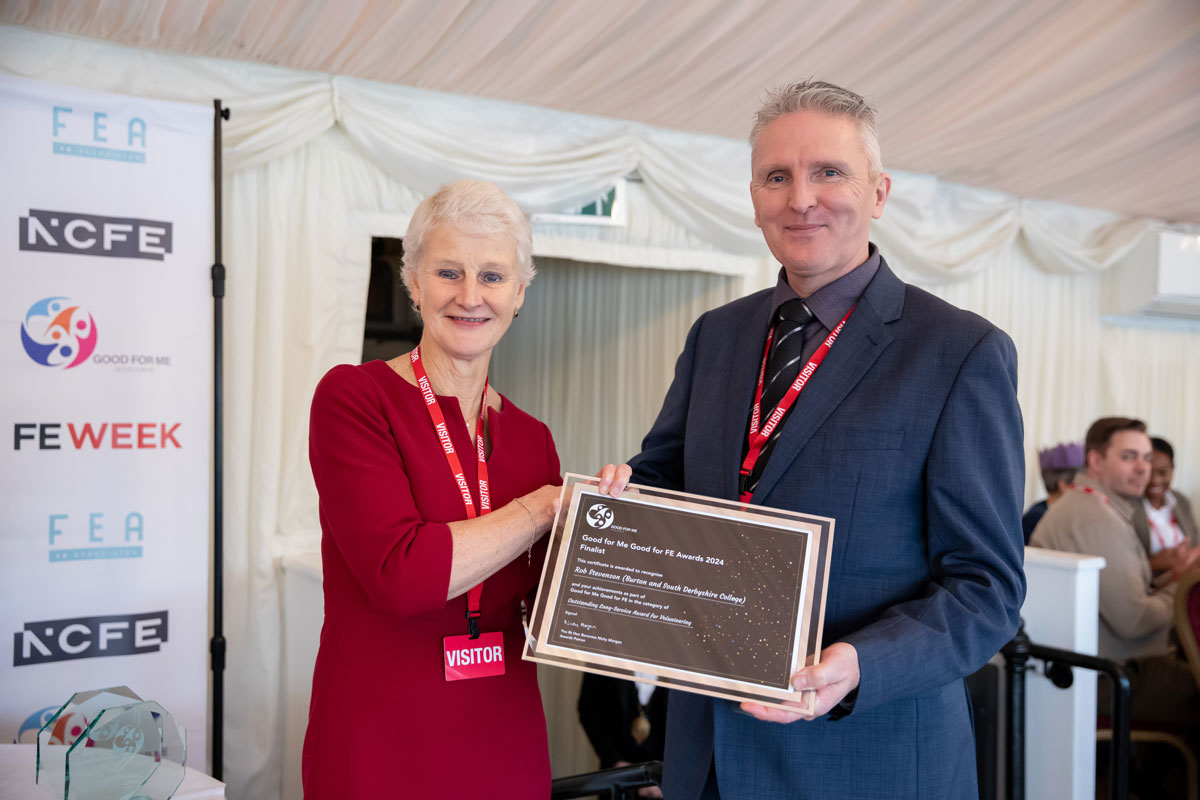IFS: Large mismatches between the funding different areas receive for public services and their spending needs

Funding systems for many public services are doing a poor job of aligning funding with spending need across England, with deprived areas getting a lower share of local government and police funding than they are estimated to need, while suburban and rural areas get a lower share of public health funding.
The new report published today by the Institute for Fiscal Studies, and funded by the Health Foundation, estimates the level of funding for key public services in each local authority area in England in 2022-23 and compares the relative levels of funding different areas receive to estimates of their relative spending needs.
In 2022-23, day-to-day spending on NHS, local government, schools, police and public health in England amounted to more than £245 billion, equivalent to £4,310 per person. This is a huge sum, which makes it vital that this funding is allocated effectively and fairly between places. The level of funding for public services varies widely across the country,but the amount of funding different areas need to deliver the same level of services also varies, due to differences in demand for services and in the costs of providing them.
There are substantial differences between the share of funding areas receive, and the share they would receive if funding was allocated in line with their different levels of need. This is particularly stark for local government, following repeated delays to plans to reform the funding system. For instance, Wokingham received 45% more local government funding in 2022–23 than it would if total funding were allocated in proportion to need, while Hounslow received 31% less. This is only partly explained by them setting different council tax levels.
Other key findings of the report are:
- Total funding for the NHS, schools, local government, police and public health varies from an estimated £3,640 per person in York to £5,650 per person in Blackpool (55% more). Funding per person is highest in inner London boroughs and relatively deprived urban areas in the North, including parts of Greater Manchester, Liverpool and Teesside. Relatively affluent rural areas receive the least funding per person.
- NHS funding is relatively well-targeted towards estimated spending needs, with two-thirds of areas receiving a share of funding within 5% of their share of estimated needs. This reflects the fact that NHS funding is allocated based on relatively up-to-date assessments of needs.
- The system funding local government, accounting for the needs and revenue-raising capacity of different areas, has broken down. Even if all areas set the same council tax rates, the South East would still receive a share of funding that is 9% higher than its share of estimated spending needs, and the North East 5% lower. This means there is inconsistent funding across the country for services such as social care, housing, transport, leisure centres and libraries.
- The vast majority of areas receive a lower share of funding than their share of estimated spending needs for some services, and a higher share of funding for some other services. But a small number of areas receive a significantly lower share of funding than their share of spending needs across multiple services. Dudley in the West Midlands receives £127 per capita less for the NHS, £122 less for local government and £47 less for police services than if the nationally-available funding were allocated in line with estimated relative spending needs.
- Summing up across the NHS, local government, police and public health, areas in the West Midlands receive £126 per capita (3%) less funding on average than if funding for each service was allocated in line with relative spending needs. Areas in the North West receive slightly more funding than their share of estimated needs for all services (by 1% overall) but this conceals some big gaps for specific areas. Manchester receives 23% less local government funding per capita and Cumbria 26% less public health funding per capita than their share of estimated needs.
- The most deprived fifth of areas receive a share of total funding that is 3% lower than their share of estimated needs, while the least deprived fifth of areas receive 3% more. This pattern is driven almost entirely by local government funding, where the gaps are much starker (-9% for the most deprived and +15% for the least deprived).
Much could be done to improve how funding for public services is allocated between areas. The government’s estimates of the relative needs of different areas for spending on local government, police and public health have not been updated for a decade, and rely on data from even longer ago. The government should update these estimates, and use them in a fair and transparent way when allocating funding to different areas.
Alongside the report, researchers have launched an interactive online tool which allows users to see estimates of funding and relative spending needs – and the gaps between them – in each area of England.
Kate Ogden, a Senior Research Economist at the Institute for Fiscal Studies and an author of the report said:
“Funding systems for public services are trying to balance a range of different aims. But if one of the aims is for people to be able to access consistent public services across the country, then the current systems are not fit for purpose. Differences in levels of funding for local government, police and public health services across England do not reflect today’s patterns of need as they are based on data that are now years out-of-date.
Addressing this issue will take several years at least and will create losers as well as winners, which will be particularly obvious when overall funding is constrained. But, the government should commit to – and set out a time frame for – the necessary reforms if it is serious about making funding systems fit for the future and aligning funding for public services with its goals for ‘levelling up’.”
Jo Bibby, Director of Health at the Health Foundation said:
“The funding local government receives is critical for the building blocks of good health, such as secure housing, good education and green spaces. There must be marked improvement in funding allocation, transparency, and support for local areas to address specific needs. Without this, we will not see reductions in the inequalities across the country that all our policymakers, regardless of party, have committed to tackling.”











Responses